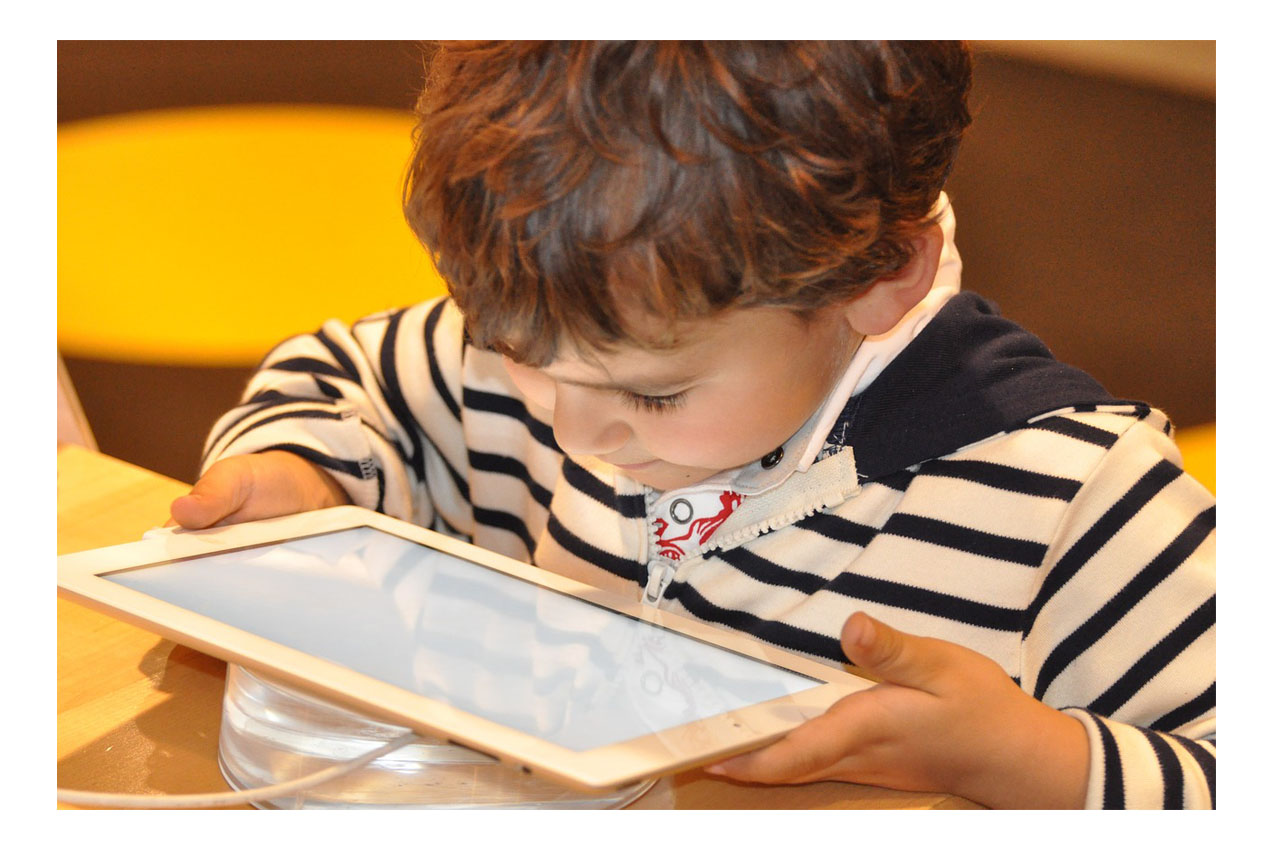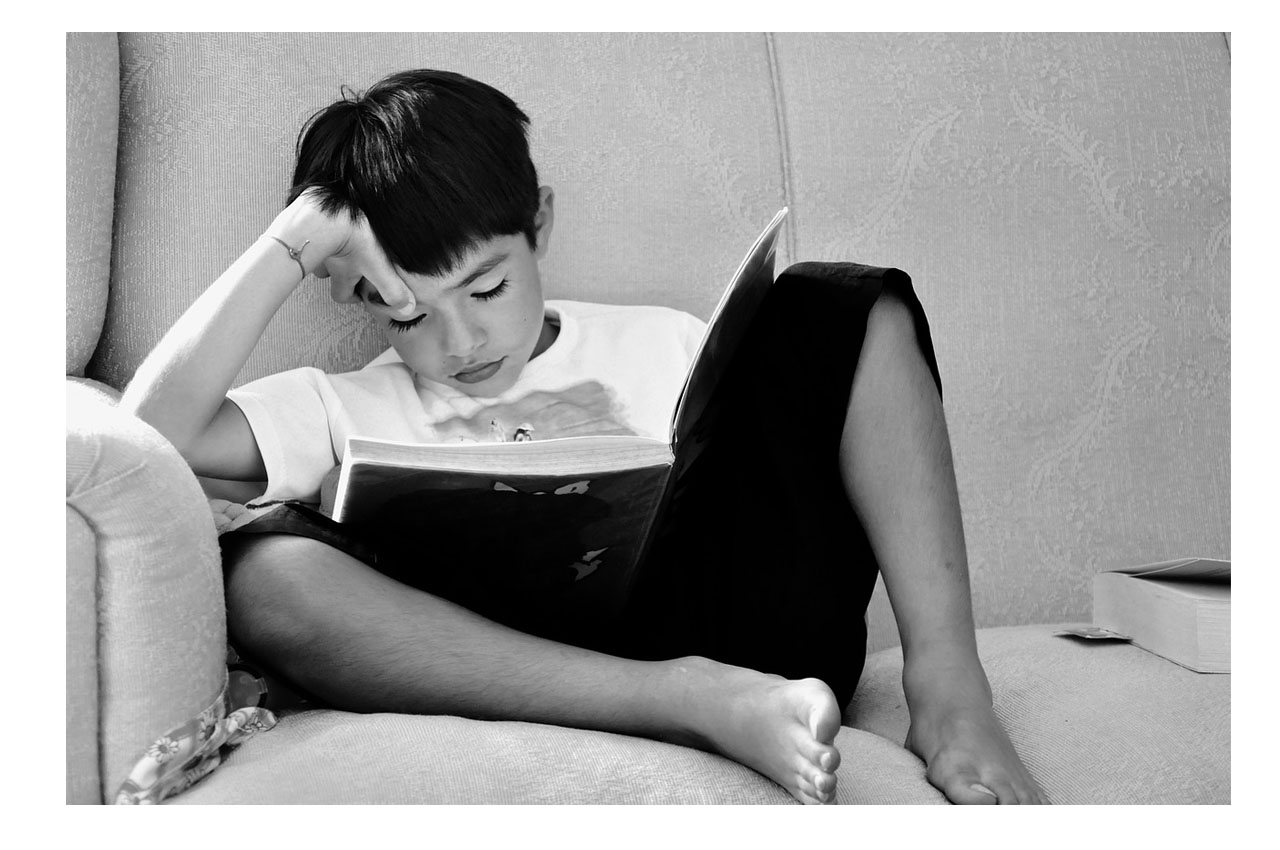Languages have taken on major importance in today’s society. In an increasingly globalized world, knowing foreign languages is key to professional success.
The first years of a child’s life are fundamental to learning new languages. During the early childhood stage, children are able to learn several languages simultaneously in a natural way. Being bilingual has numerous advantages for children, since, in addition to knowing other languages, their brain will develop differently and their self-esteem will improve.
Keys to teaching your childanother language from home
1- Original Language Television and Movies: With just one click of the remote, your child can watch his or her favorite cartoons and movies in the language of your choosing. Watching original language content will help train their ear while they learn to associate the words with images.
2- Language-learning podcasts and apps: One of the major benefits of today’s electronics and the internet are the countless applications and podcasts you can use to familiarize your children with languages. Download games and stories online or sing karaoke with your kids. You will have a great time playing and learning at once.
One of the major benefits of today’s electronics and the internet are the countless applications and podcasts you can use to familiarize your children with languages. Download games and stories online or sing karaoke with your kids. You will have a great time playing and learning at once.
3- Practice with them: Another way to foster bilingualism in children is to do it yourself following the “One Person One Language” OPOL method. In order to practice this method, the parents need to speak different languages naturally. Then, each parent speaks to the child in a different language. This technique improves neural connections for language.
You can also attend events and join activities held in other languages, or even learn alongside your kids. Why not enjoy private classes together as a family? You should! It’s a fun way to spend time together and improve your understanding.
4- Read: Books and stories also aid in language learning.  Choose a time during the day to instill this important habit in your children. They will learn to love reading, all while learning another language. You can find books in one or two languages at bookstores and libraries, and your little ones will be able to see the words and content in both languages at once.
Choose a time during the day to instill this important habit in your children. They will learn to love reading, all while learning another language. You can find books in one or two languages at bookstores and libraries, and your little ones will be able to see the words and content in both languages at once.
5- Games and activities: Listening to songs and playing games in other languages helps improve bilingualism, and they will be learning while they are having fun. There are countless songs with which children can learn numbers, the alphabet, the names of animals, and so on. And, if the songs have a dance, it will be easier for them to associate the meanings with the words. Another option for improving brain development and learning is doing crafts, like making cards combining images and words.
Now you know. There is no excuse! Helping your kids learn another language is simple. Just incorporate these little habits into your day-to-day life, and the results will be amazing. Good luck!

